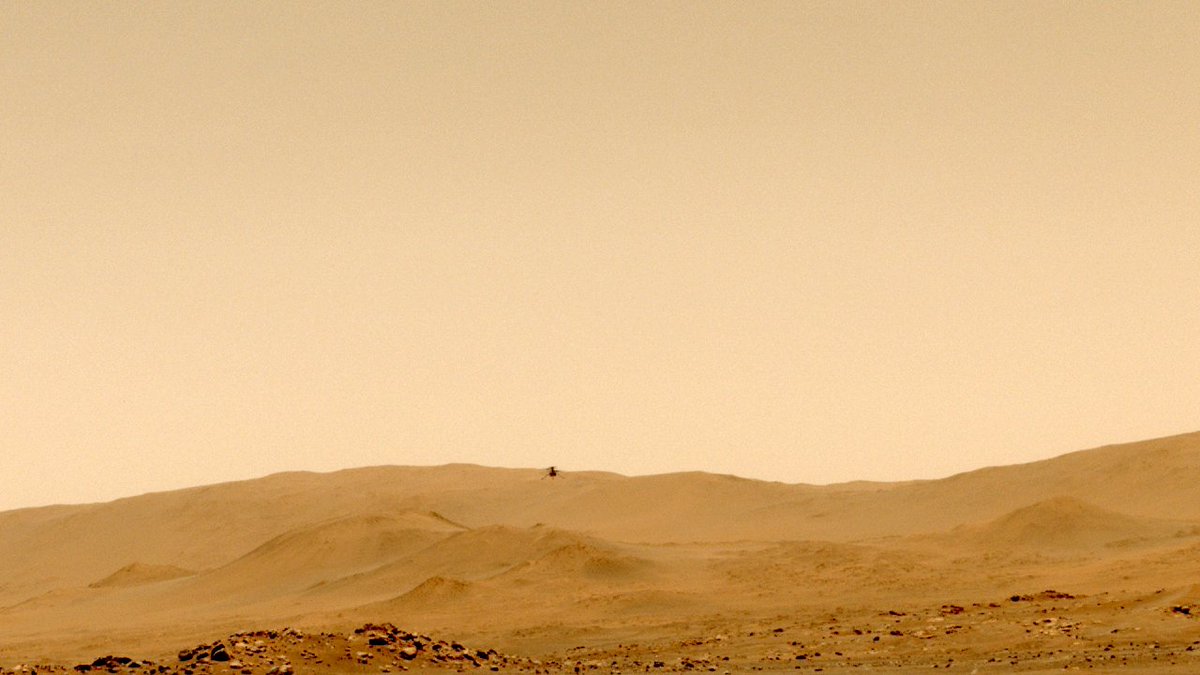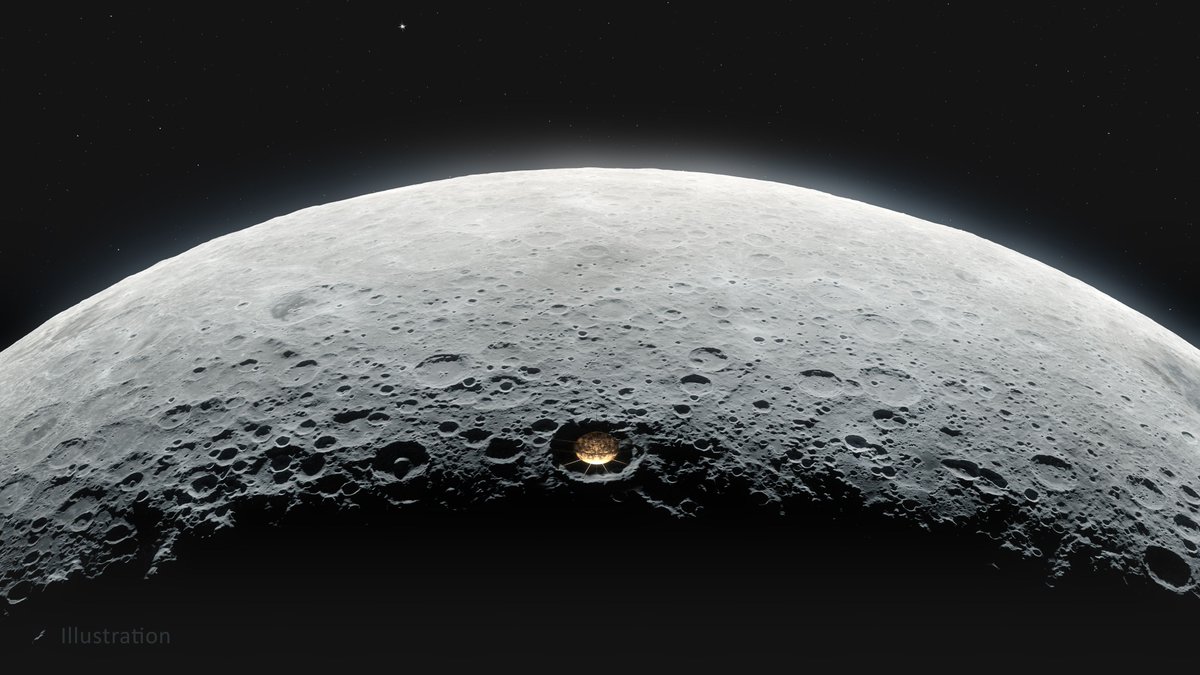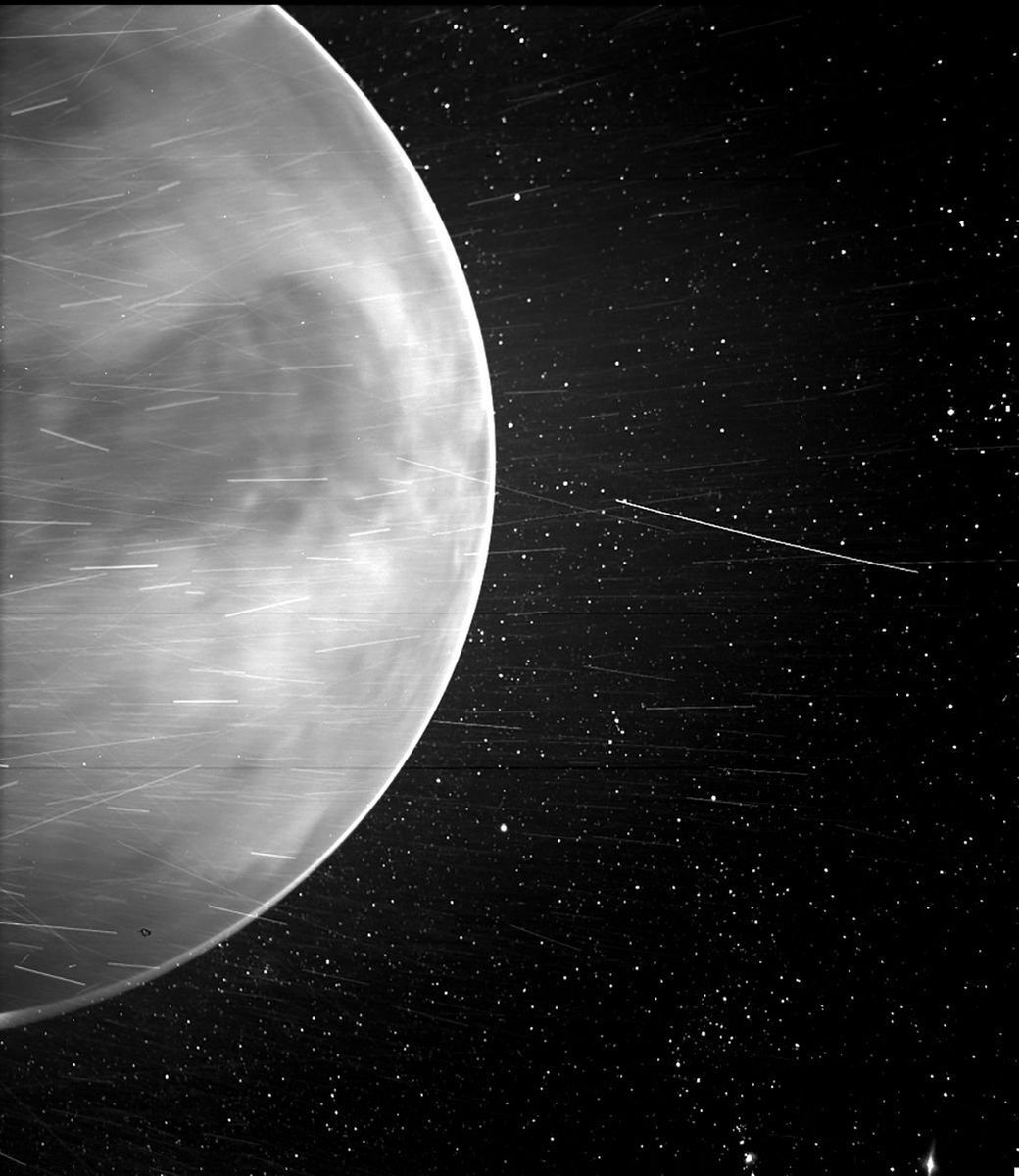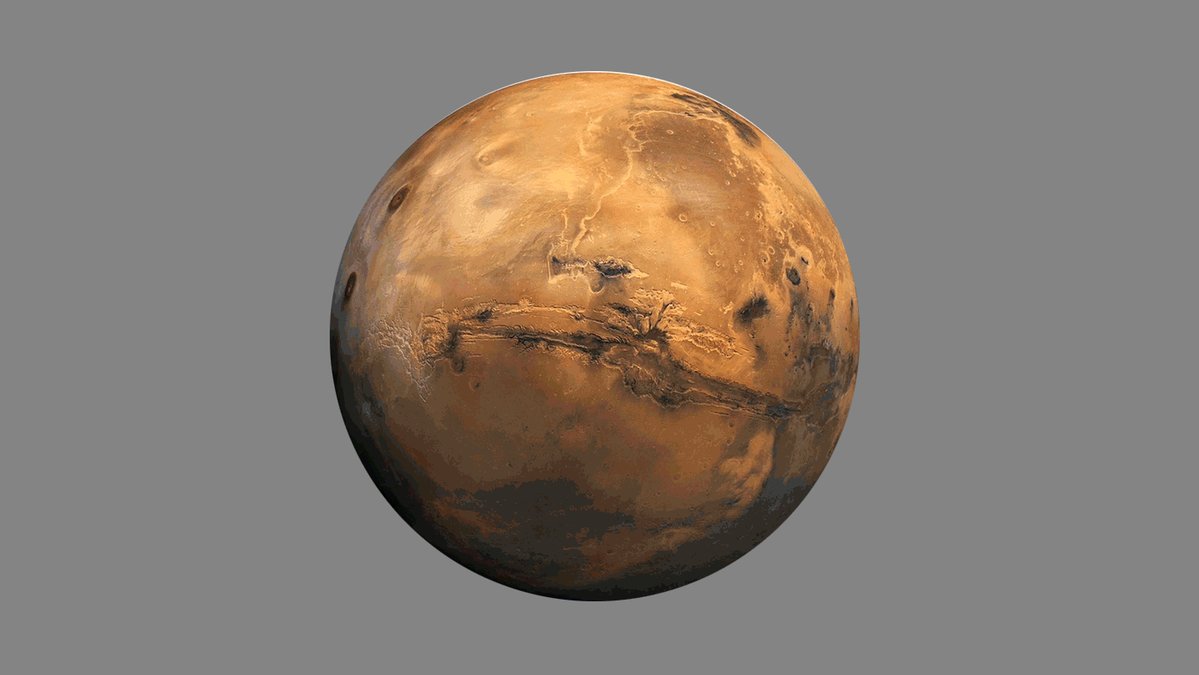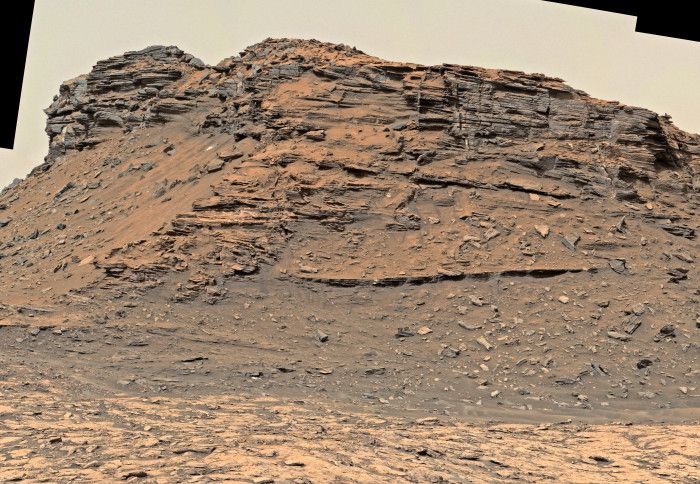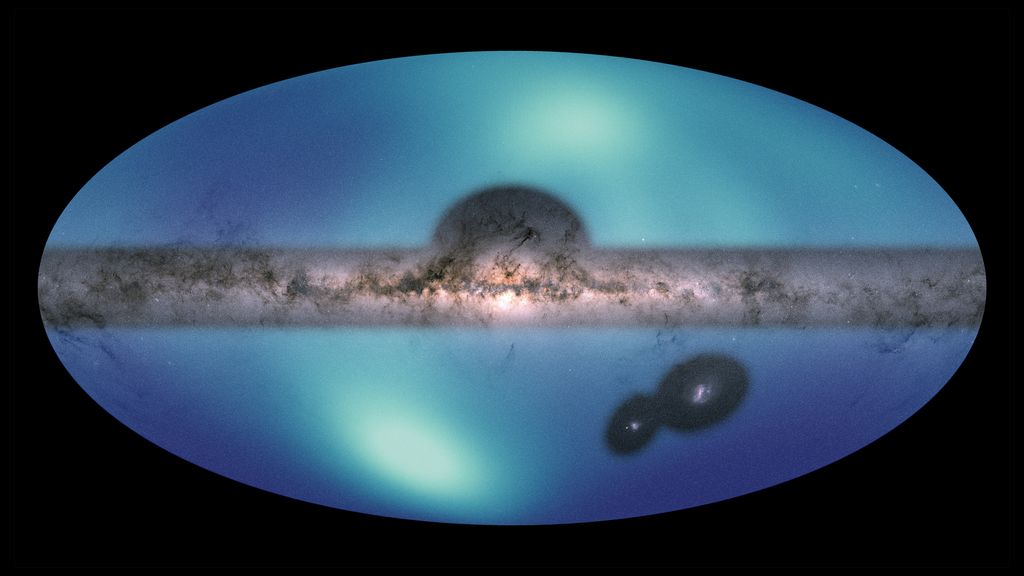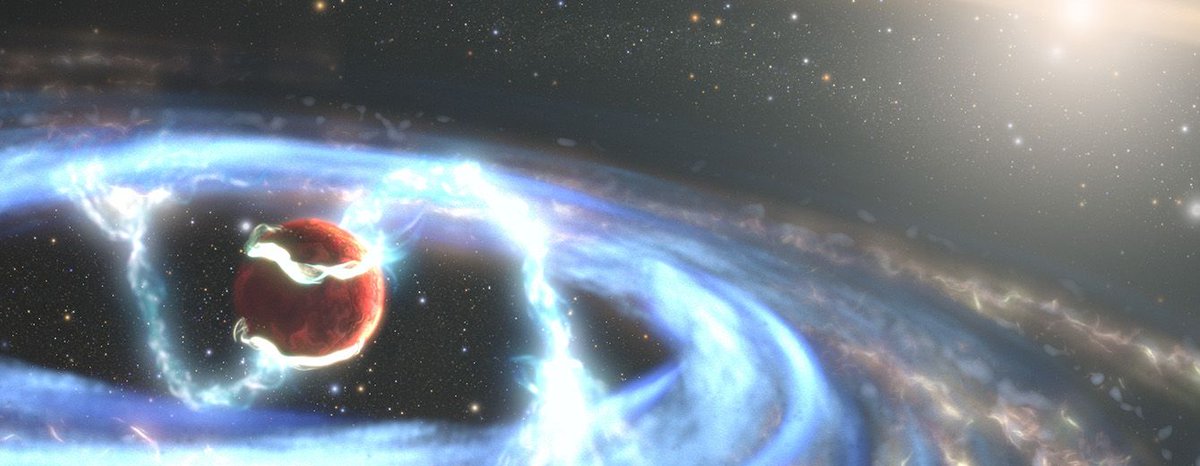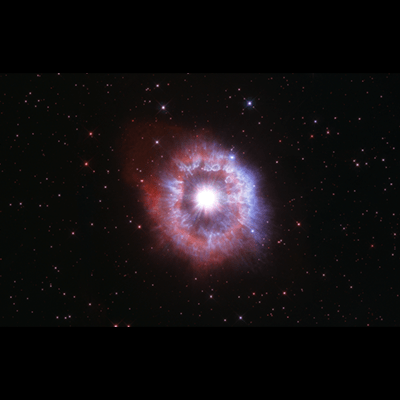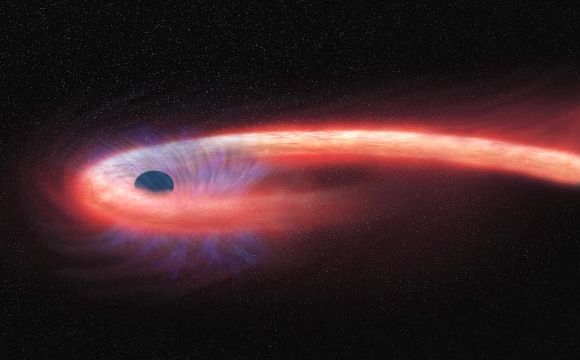Ever feel like no matter how far you fly you end up in the same spot? Ingenuity certainly does. The helicopter that has been making dozens of headlines lately for all of the firsts it is achieving as part of its mission on Mars so far has only returned back to its original take-off point. Named Wright Brothers Field, after the brothers who first brought controlled powered flight to Earth, it has been the site of all of Ingenuity’s firsts so far. But now the basic science of Ingenuity’s mission is over and it is time to start moving on, which it did last week to a new “air field”.
Continue reading “Ingenuity Makes a one-way Trip for the First Time, Flying to a new Landing Site”NASA is Getting Serious About a Radio Telescope on the Moon
It’s widely known by now that the “dark side” of the moon, made famous by Pink Floyd, isn’t actually dark. It gets as much sunlight as the side that is tidally locked facing Earth. However, it is dark in one very important way – it isn’t affected by radio signals emanating from Earth itself. What’s more, it’s even able to see radio waves that don’t make it down to Earth’s surface, such as those associated with the cosmic “Dark Ages” when the universe was only a few hundred million years old. Those two facts are the main reasons the far side of the moon has continually been touted as a potential location for a very large radio telescope. Now, a project sponsored by NASA’s Institute for Advanced Concepts (NIAC) has received more funding to further explore this intriguing concept.
Continue reading “NASA is Getting Serious About a Radio Telescope on the Moon”A new Method Simulates the Universe 1000 Times Faster
Cosmologists love universe simulations. Even models covering hundreds of millions of light years can be useful for understanding fundamental aspects of cosmology and the early universe. There’s just one problem – they’re extremely computationally intensive. A 500 million light year swath of the universe could take more than 3 weeks to simulate.. Now, scientists led by Yin Li at the Flatiron Institute have developed a way to run these cosmically huge models 1000 times faster. That 500 million year light year swath could then be simulated in 36 minutes.
Continue reading “A new Method Simulates the Universe 1000 Times Faster”What we’ve Learned About Venus From the Parker Solar Probe
The Parker Solar Probe has been getting in a lot of extracurricular activity lately. Originally designed to observe the Sun, the probe has been taking full advantage of its path through the solar system. In addition to snapping pictures of comets, the probe has repeatedly focused on Venus, including capturing an image peering underneath the cloud cover of the notoriously hot world. Now a team led by Glyn Collinson of Goddard Space Flight Center found another serendipitous discovery in the data Parker collected during its latest flyby in the summer of 2020 – the probe actually flew through Venus’ upper atmosphere, and that atmosphere appeared different than it was almost 30 years ago.
Continue reading “What we’ve Learned About Venus From the Parker Solar Probe”One Full Year of Seismic Data Collected by Mars Insight Includes 500 Quakes
The English vocabulary has some words that only make sense from an Earth-bound perspective. Earthquake is one of those. Even in some science fiction and fantasy books, where the action takes place somewhere other than Earth, that team is used to denote the ground shaking. It’s therefore nice to see planetary scientists trying to expand the root word to other planets. Marsquakes are the most commonly studied, and now thanks to InSight scientists have collected a full year of data on Marsquakes for the first time.
Continue reading “One Full Year of Seismic Data Collected by Mars Insight Includes 500 Quakes”Dune Fields in Gale Crater Tell the Story of Mars’ Shifting Climate Over Eons
Rocks can tell us a lot about a planet. On Earth, the study of geology has been around for hundreds of years and has resulted in such scientific findings as the theory of plate tectonics and the discovery of dinosaur fossils. Geology on Mars has not had as long and storied a history, but with the rovers that have landed on the planet in the last few decades, Martian geology has started to bloom. Curiosity, one of those rovers, has done a particularly good job at documenting the rock formations in its neighborhood of Gale crater. Now researchers led by a team at Imperial College London have published a paper using data from Curiosity that detail a set of ancient dunes on Mars that provide some insight into the planet’s former habitability.
Continue reading “Dune Fields in Gale Crater Tell the Story of Mars’ Shifting Climate Over Eons”New All-Sky Map of the Milky Way’s Galactic Halo
The outer reaches of the Milky Way galaxy are a different place. Stars are much harder to come by, with most of this “galactic halo” being made up of empty space. But scientists theorize that there is an abundance of one particular thing in this desolate area – dark matter. Now, a team from Harvard and the University of Arizona (UA) spent some time studying and modeling one of the galaxy’s nearest neighbors to try to tease out more information about that dark matter, and as a result came up with an all new way to look at the halo itself.
Continue reading “New All-Sky Map of the Milky Way’s Galactic Halo”Astronomers are Watching a gas Giant Grow, Right in Front of Their Eyes
In the vastness of space, astronomers are likely to find instances of almost every astronomical phenomena if they look hard enough. Many planetary phenomena are starting to come into sharper focus as the astronomy community continues to focus on finding exoplanets. Now a team led by Yifan Zhou at UT Austin has directly imaged a gas giant still in formation.
Continue reading “Astronomers are Watching a gas Giant Grow, Right in Front of Their Eyes”Instead of Betelgeuse, Keep Your eye on AG Carinae, Another Star That’s About to go Supernova
Astrophotography is one of the most gratifying parts of space exploration, and there’s nothing better at it than Hubble. Recently, it celebrated the 31st anniversary of its launch by taking a spectacular image of one of the most impressive stars in the sky – AG Carinae. In the not too distant future, Hubble, or a successor, might be able to capture an even more spectacular display from the star when it goes supernova.
Continue reading “Instead of Betelgeuse, Keep Your eye on AG Carinae, Another Star That’s About to go Supernova”Are we Seeing a Star That Just got Spaghettified?
Sometimes astronomers come up with awesome names for certain phenomena and then feel like they can’t use them in formal scientific contexts. Tidal Disruption Events (TDEs) are one of those – colloquially they are known as “spaghettifications” where a star is pulled apart until its constituent matter looks like a string of spaghetti.
Astronomers have long known of this process, which takes place when a star gets too close to a black hole, but most of that knowledge has come through studying radiation bursts emitted by the blackhole as it devoured the star. Now, a team led by Giacomo Cannizzaro and Peter Jonker from SRON, the Netherlands Institute for Space Research, and Radboud University now think they have captured the first glimpses of a star actively being spaghettified around the pole of a black hole.
Continue reading “Are we Seeing a Star That Just got Spaghettified?”
